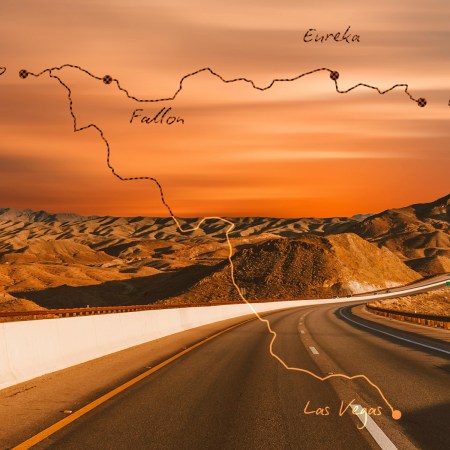There are aspects of the natural world that are stunning in their beauty: mountain ranges, waterfalls and tropical beaches among them. There are also plenty of landscapes that most people would rather not spend time in. But even ecosystems that are inhospitable to humans are there for a reason. Climbing over sand dunes can be an annoyance, but dunes also provide a natural way to reduce the effects of flooding, to cite one example.
There’s a similar argument that you can make for swamps. “Many modern Americans do not like swamps, herons or no herons, and experience discomfort, irritation, bewilderment, and frustration when coaxed or forced into one,” writes Annie Proulx in a new article for The New Yorker. I should probably mention here that I’m one of them, owing in part to a childhood incident involving a lost shoe, a field of mud and a nest of yellowjackets hidden away in a tree’s exposed roots.
But Proulx has a thoughtful case to make here — which she’ll be doing at length in a forthcoming book — about the role swampland has to play in combatting climate change.
Proulx traces the role of swamps in the climate back to the Ice Age. “[T]he watery parts of the earth stabilize its climate,” she writes, summarizing a sequence of steps that demonstrate the ways in which swamps absorb carbon dioxide and send water back to aquifers.
The article goes on to trace the country’s penchant for turning swamps into something else — often farmland. What might be most alarming about Proulx’s findings is the speed at which a millennia-old swamp can cease to exist. “Bogs and swamps take thousands of years to build up and develop; humans and their machinery can wipe out those centuries in a few months,” Proulx writes. And now, we’re learning what the consequences of those actions can be.
Thanks for reading InsideHook. Sign up for our daily newsletter and be in the know.


















